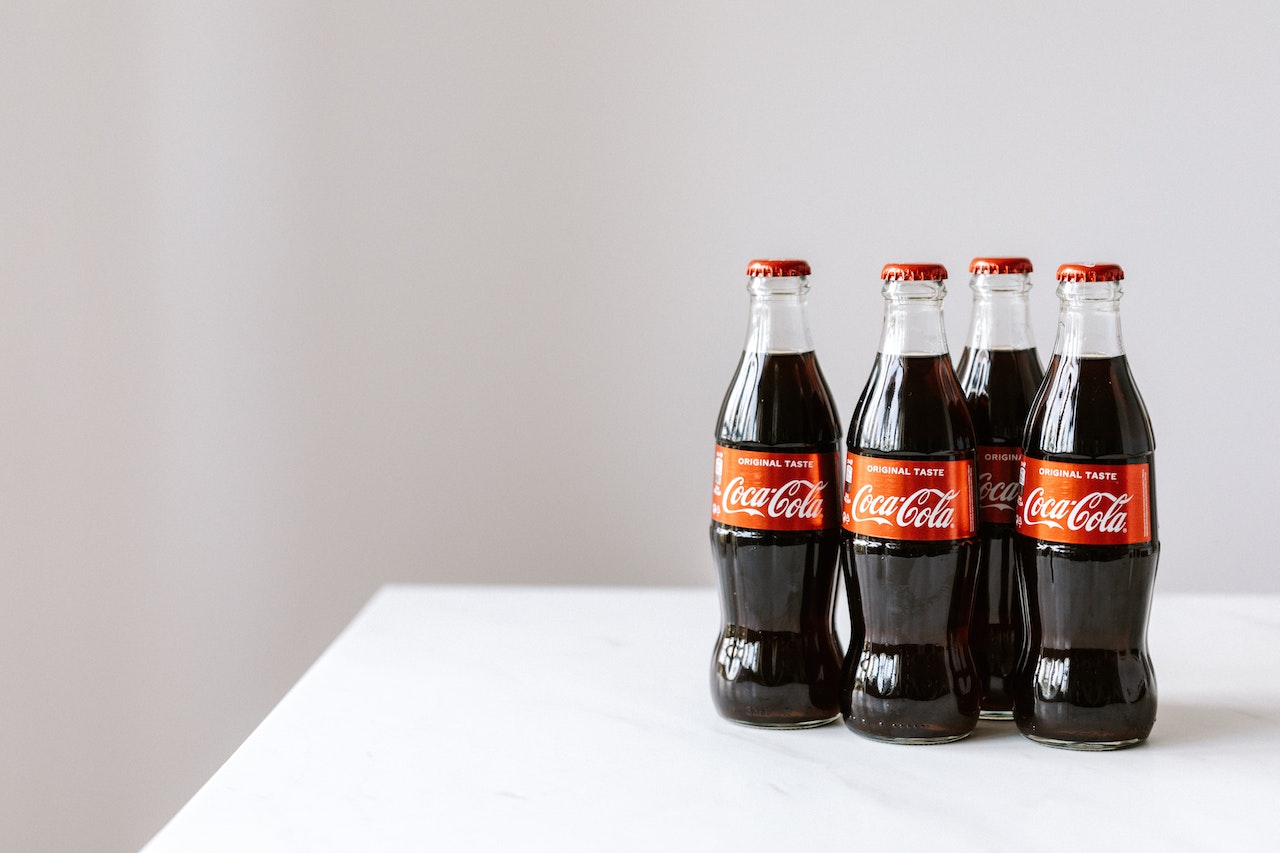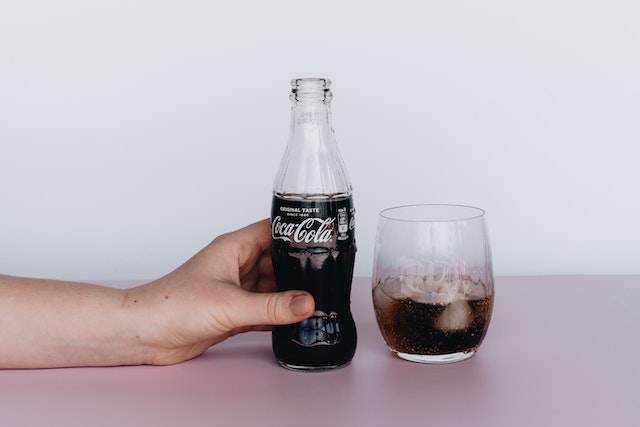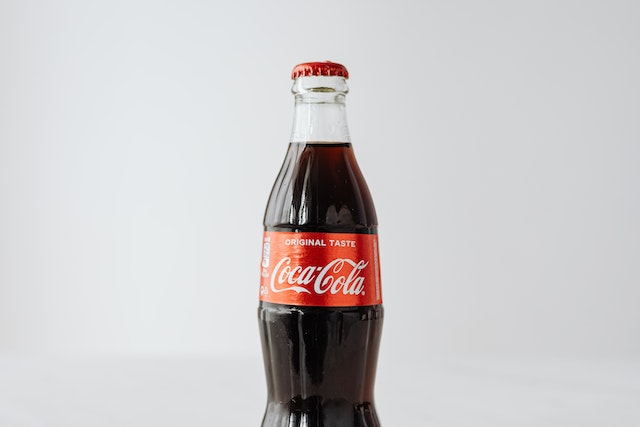Comments
- No comments found

Coca-Cola, one of the largest plastic users globally, has embarked on an ambitious project to revolutionize its plastic packaging.
The company is funding a three-year trial at Swansea University with the goal of manufacturing bottle tops from carbon dioxide removed from the atmosphere. The endeavor is part of Coca-Cola's commitment to achieving net-zero emissions by 2040 and significantly reducing its carbon footprint.

Traditionally, plastic packaging is made from fossil fuels, contributing to the release of carbon dioxide into the environment. This trial takes an innovative approach by using CO2, a greenhouse gas, as a resource. A small black electrode is the heart of the operation, where an electric charge passes through a mixture of CO2 and water to produce ethylene, a crucial component in the type of plastic commonly used for bottle tops. The end result is plastic that is free from fossil fuels and carbon.
While the initial focus is on proving the technology's viability in the laboratory, success in this venture could pave the way for large-scale implementation. Coca-Cola plans to source CO2 from the air surrounding its factories or directly from its own emissions, embracing the concept of using "captured" carbon dioxide as a valuable resource.
Traditional ethylene production involves heating fossil fuels to extreme temperatures, resulting in massive CO2 emissions. By making ethylene from captured CO2, Coca-Cola aims to mitigate the environmental impact of its plastic packaging.

Coca-Cola is committed to reducing its carbon footprint by 30% by 2030, primarily by increasing the use of recycled plastics. Beyond that, the company is looking into more radical solutions that involve drawing down CO2 in substantial quantities. The potential applications of such technology are broad, ranging from carbonating beverages to transforming packaging materials. They are also funding research in California to convert CO2 into artificial sugar, showcasing their dedication to addressing environmental challenges through innovation.
Leave your comments
Post comment as a guest